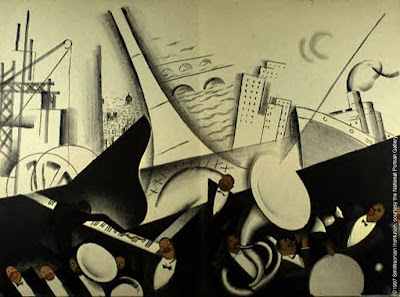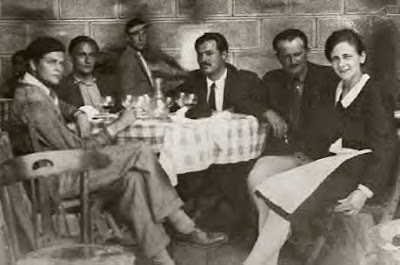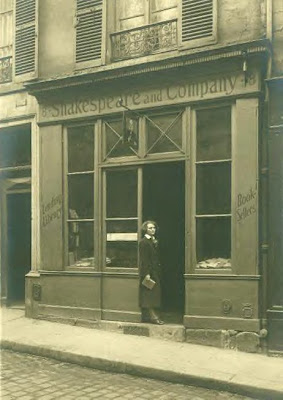

Ernest first went to Europe as a volunteer ambulance driver for the Red Cross during World War I. (The top photo shows him in 1918.) He passed through Paris and other parts of France on his way to Italy and was impressed with the city. He was sent to the Italian front to evacuate soldiers wounded in fighting with Austrian troops. He was stationed in a town called Fossalta, not far from Mestre and Venice. His area of operation was along the Piave River, an area that was seeing heavy fighting. He was wounded by a mortar shell (over 200 pieces of shrapnel were removed from his body) and was sent to a hospital near Milan to recover. He promptly fell in love with his nurse, Agnes von Kurowsky. It was a brief affair, but one that Hemingway would talk about and embellish considerably. He also added quite a bit of drama and heroism to his war service experiences.
After the war, Ernest returned home, leaving from Genoa, with a brief trip to Naples for his first trip to Southern Italy. He arrived home to a hero's welcome and began to court Hadley Richardson.
After he and Hadley had married they moved to Paris so he could try his hand at writing. He was doing some travelling for The Star as its foreign correspondent and getting to see more of Europe. In 1922, he decided to take Hadley to Italy for a month's vacation to show her the places of his adventures.
First they went to Milan and to Biffi's cafe in the Galleria, a great indoor shopping mall and one of the places Ernest frequented with his nurse, Agnes. They travelled to Mestre, then Schio, Fossalta, and the Piave River, but he was disappointed that everything had changed. He had wanted to impress Hadley with scenes of ruin and destruction and privation, but the damage had all been cleaned up in the years after the war.
His second novel, "A Farewell to Arms", is based on his adventures in the war and his affair with his nurse during his recuperation in Milan.



































